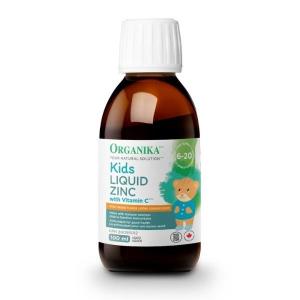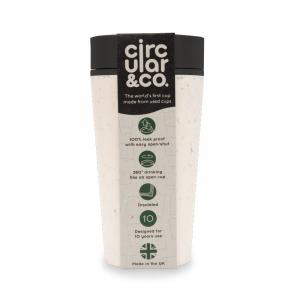Ask
Other names: Loess
Harm score: 1 (Natural substances)
Loess, also known as loess, is a loose sedimentary rock of mainly eolian origin, which was formed mainly in the Quaternary period. This geological formation is also called loess plains or loess cover. It is characterised by its bright yellow to light grey colour and very fine texture. Loess is composed mainly of clay minerals, quartz, semi-precious stones, calcium and other minerals.
Loess has a very wide range of uses in various industries. It is most commonly used in agriculture, where it serves as a fertile soil for growing various crops. It can also be used as a raw material for the production of building materials, especially bricks and other building stones. Its fine texture also makes it useful in the ceramic industry, where it is mainly used to make ceramic roof tiles. Loess sediments are also used in the production of cosmetics, for example as an exfoliating ingredient in scrubs. Loess is also used to a limited extent in the paper and textile industries. Due to its ability to absorb and retain water, it is also used in the construction industry, for example in the construction of roads, dams and in land reclamation.
Ask can be found in the following products

Kids Liquid Zinc with Vitamin C for children, 100 ml
Product detail
Sleep support - natural sleep support, 60 capsules
Product detail
Vegetology Opti-3, Omega-3 EPA and DHA with vitamin D3, liquid 150 ml, unflavoured
Product detail
(340 ml) - black/pink - from disposable paper cups
Product detail
(340 ml) - cream/black - from disposable paper cups
Product detail